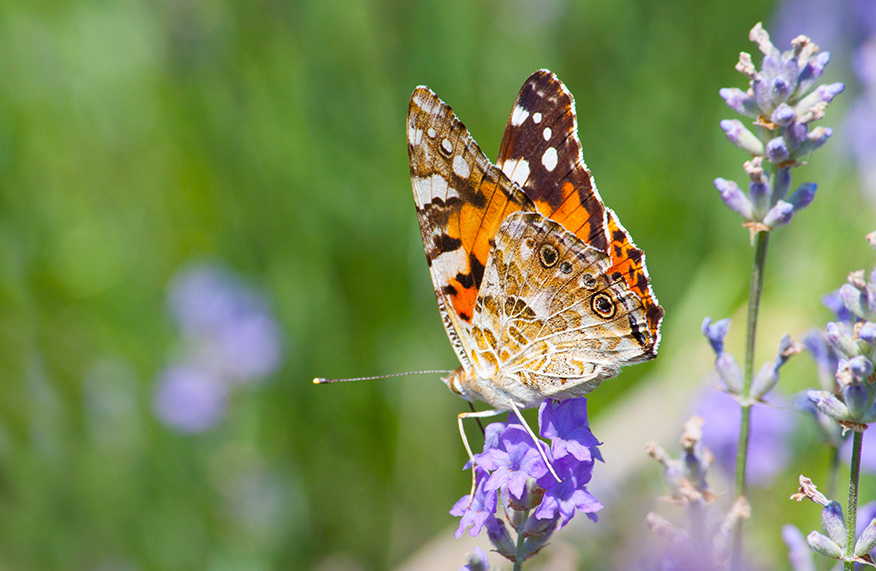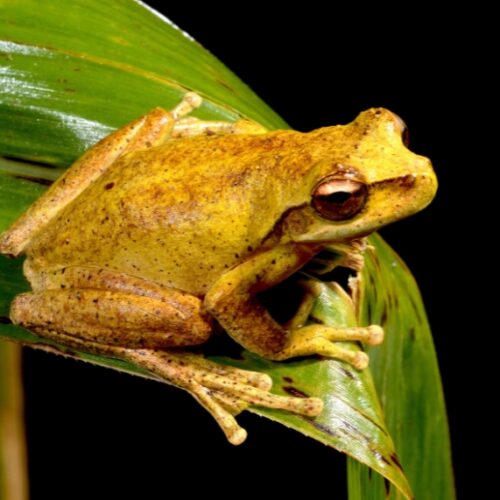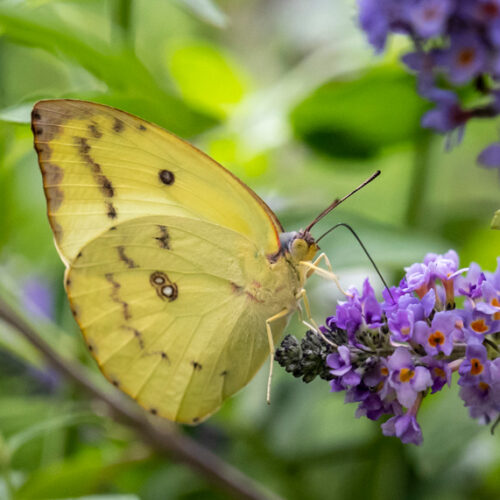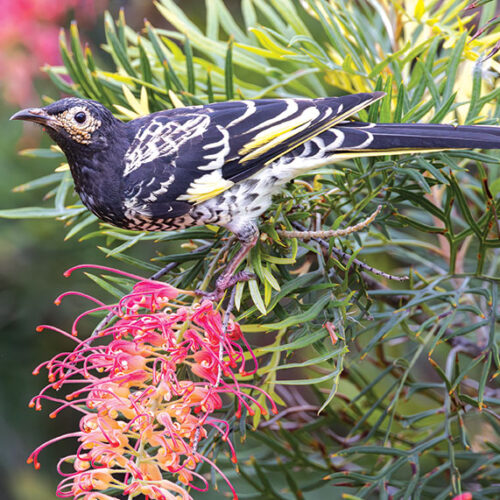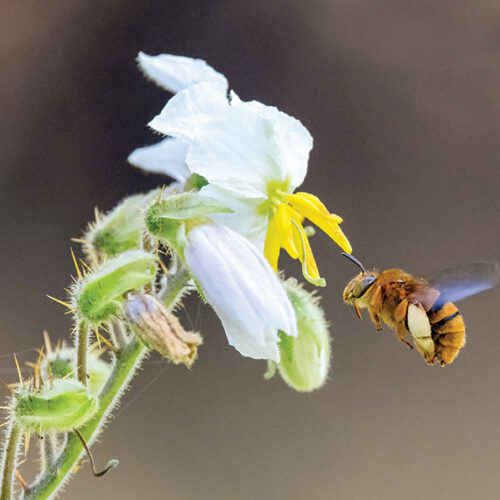Attract pollinators to your garden
2022-10-17T07:28:15+11:00
Pollinators might be small in size, but they have a huge role to play in our biosphere, and are essential for the health of the planet. Learn how birds, bees and other pollinators benefit your garden, as well as how to attract them.
Pollination basics
Pollination happens when pollen, the plant equivalent of male sperm, is delivered to the receptive female parts of a flower. Successful pollination causes fertilisation and the production of seeds to make the next generation of plants. Fruit is then produced to protect the seed and aid in dispersal. For gardeners, the desire to grow fruit is what makes pollination important. Countless gardeners continue to ask why their zucchini or passionfruit or feijoa flowered but failed to produce fruit. The answer is that fertilisation (not to be confused with fertilising, which is applying nutrients to plants) did not take place. To help nature along, you can create a space to lure these all-important pollinators.
Attracting pollinators
To build a pollinator-friendly garden, grow a diverse range of plants that offer various flower colours, shapes and blooming times. Shrubs offer masses of flowers, but for the widest range of pollinators, grow plants of different heights that interconnect. The plants can be native or exotic, ideally with at least four types blooming at any time.
Best flowers for bees and butterflies
Butterflies and bees prefer flowers in sunny locations that are protected from wind, with clumps of the same plant together. Single flowers (one ring of petals around an open centre) make it easy for bees to access pollen on the exposed stamens. By comparison, ‘doubles’ that have multi-layered, tightly packed petals are harder to get at and are sometimes sterile, producing no pollen and little nectar.
Beneficial insects
The flowers of leafy vegies and herbs – if you let them form – are excellent for attracting beneficial insects. And it’s not just about the flowers. Putting out shallow, pebble-filled dishes of water in dry times helps insects survive; butterflies like mud puddles for moisture and nutrients. Butterflies also need specific plants for their caterpillars to feed on.
Try to provide various pollinators with habitats that offer vital food and nesting resources, such as grasses, bee ‘hotels’ and leaf litter. Most importantly, stop using pesticides. Systemic products containing imidacloprid (such as Confidor and BugKilla) that work from inside the plants still show traces in pollen and nectar months later. Even milder pesticides and fungicides can affect bees and other insects, so look for registered organic products. If you must spray, do it when there are no beneficials around.
Birds are also important pollinators. Check out this article and learn how to attract birds to your garden.
Photo by iStock

